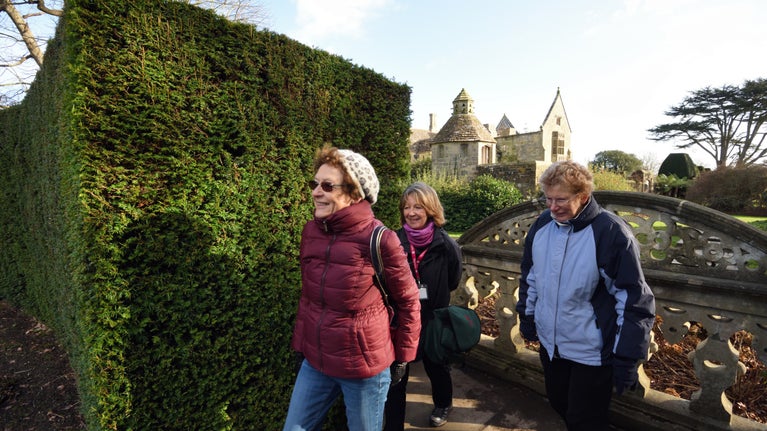
Where will you visit next?
Discover lots of gardens, historic houses, days out at the coast and more.
Discover the best things to do in Cornwall; from visiting exotic gardens or ancient houses, to exploring the mining history, all encircled by a much-loved coastline.
Discover a Victorian country house, formal gardens filled with year round colour and 1,000 acres of parkland, woodland and heath. Explore two miles of the River Fowey, plus adventurous woodland cycle trails.

A welcoming house and garden set in an estate with surrounding maritime views and woodland walks.

An atmospheric Tudor house with Medieval roots, a mill on a historic quay and a glorious garden with valley views. Visit the wider estate for miles of colourful autumn walks.
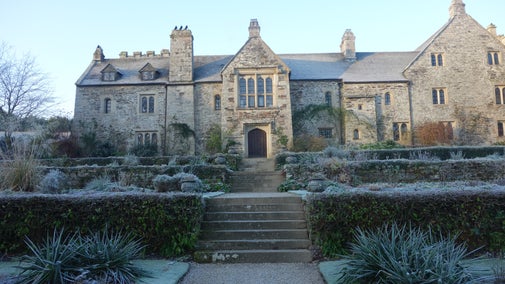
An ancient and atmospheric estate with a medieval garden and historic house
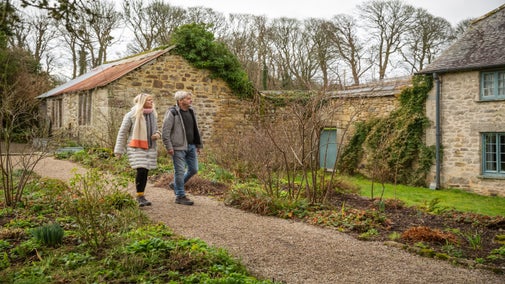
Elizabethan manor house with fine interiors and delightful garden
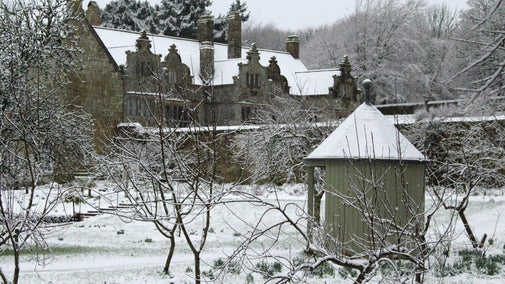
Over many centuries, this iconic tidal island has attracted traders, pilgrims, fisherfolk and tales of giants and angels. Explore the cobbled streets of an historic village, beneath the ramparts of a legendary castle.

Sheltered garden bursting with exotic trees and shrubs
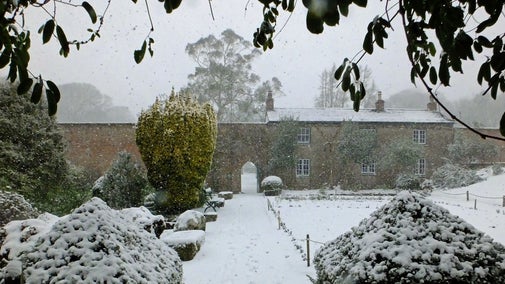
A historic and exotic wooded valley garden leading down to the Helford River.
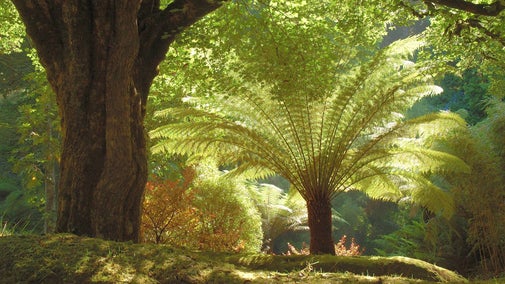
18th-Century house set within a magnificent landscape garden, still home to the Carew Pole family

Pentire is an exceptionally beautiful headland with far reaching views and managed for wildlife. The café at Pentire Café offers undercover and indoor seating throughout the year.

Impressive Cornish Beam Engine and industrial heritage discovery centre. Open by pre-booked tours.

High-up on the exposed cliffs on the 'Tin Coast' and part of the Cornish Mining World Heritage Site. Levant Mine and Beam Engine is open by pre-booked tours.

From a 60-foot garland to festive decorations and Cornish traditions, we've something for the whole family this Christmas in and around Cornwall. Here's a few suggestions to start planning your visit.

With a rocky island crowned by a castle and an Iron Age hillfort with a wartime bunker, there is a lot of history and beautiful views to admire from these castles and forts in Cornwall.
The Mount is managed by both the National Trust and the St Aubyn family, working together. This unique partnership supports the Mount's vibrant island community, continuing a remarkable legacy. St Michael's Mount is open throughout the year however, dates and times vary during winter months. Click here to find out more and book your tickets online.

Travel back through thousands of years of Cornish history to the very impressive Iron Age promontory fort and 18th-century quay. The fort is the only one of its kind in Europe and its well defined ditches and embankments are still clearly visible.

Nare Head, next to Carne and Pendower, is home to an underground bunker, which started life as a Royal Observer Corps post spotting aircraft during the Second World War.

Not a National Trust member? If you're planning a trip to Cornwall this year, buy a National Trust Explorer Pass to enjoy unlimited entry to most of the places in our care. With 4, 8 and 14-day options available, the pass can be tailored to fit your trip. Discover where you can visit with the Explorer Pass and how to buy yours.
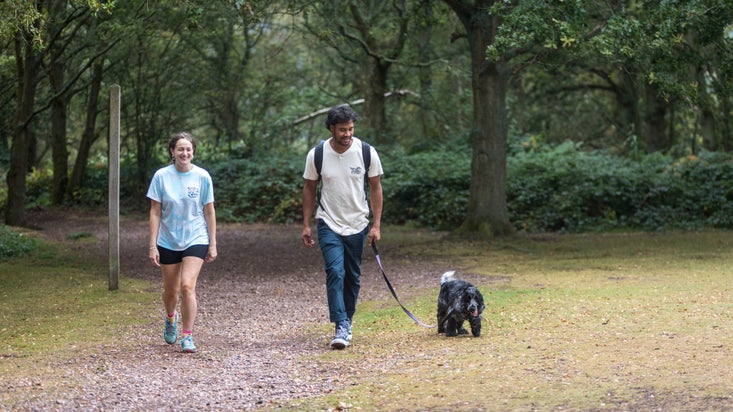
The Long Gallery ceiling at Lanhydrock is a masterpiece of Jacobean plasterwork. One of the few parts of the house that survived the great fire at Lanhydrock in 1881, the ceiling underwent a major conservation project to clean and restore it throughout 2024.
Find out more about how a National Trust recovery project is focusing on unique and vital “microhabitats” found on the Lizard peninsula in Cornwall.

We are working to create 250 hectares of new species rich grassland at National Trust sites across Cornwall. The project, due to be completed by 2026, will help us rise to the twin challenges of biodiversity loss and climate change.
National Trust hosted multiple new artworks in 2024 commissioned for the Hello Stranger community engagement programme led by Wildworks, the UK’s leading landscape theatre company, in an exciting new collaboration. The programme will ran across multiple National Trust places from July 2024 until November 2024, featuring works by Cornish artists and co-produced by communities across Cornwall.
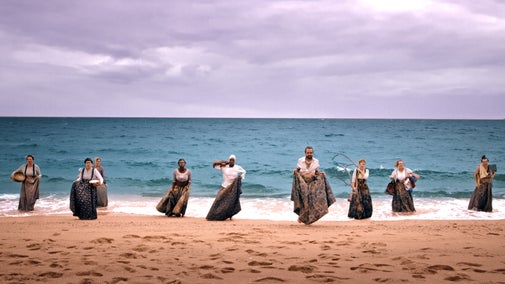
Stay at a National Trust holiday cottage in Cornwall this year and discover some of the most dramatic scenery in the UK.

With sea views for miles and a 10-minute walk to family-friendly beaches, this cottage is in a clifftop cluster of restored farm buildings.
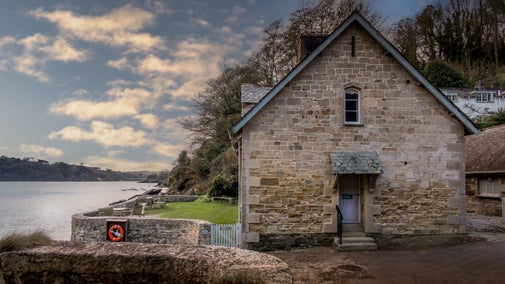
A traditional stone cottage just a few metres from the shores of the Helford Estuary.

A quiet and luxurious cottage, with access to Cotehele's house and garden.
Whether you’re looking to travel by bus, train, bike or foot, there are many places in Cornwall you can visit without a car.
Whether you’re looking to travel by bus, train, bike or foot, there are many places that we care for in Cornwall that you can visit without a car. Here’s a little more information that can help you plan your a car-free day out.

Follow a free short trail around the Walled Garden before posting your Nature Pledge in the Stables post box.
Explore how the National Trust and partners are tackling habitat loss, through the Coastal Meadows project and the Lizard Rarities Project, in this photography exhibition.
Throughout the festive season, pop on a scarf and some wellies and bring the family to the orchard and Cider House at Godolphin for Christmas-themed activities.
Come and enjoy a beautiful winter light installation created with the local community!
You’ll be singing along to this familiar tune, but with a local twist on this festive all-ages trail!
Have a Nadelik Lowen at Trelissick this December with Father Christmas, local choirs and decorations inspired by a Cornish Christmas.
Our popular, resident wooden reindeer herd are back out of hibernation with a fun new trail for 2025. This time they have brought some youngsters with them.
Celebrate the festive season with a trip to Cotehele to see the annual Christmas Garland within the Great Hall.

Discover lots of gardens, historic houses, days out at the coast and more.